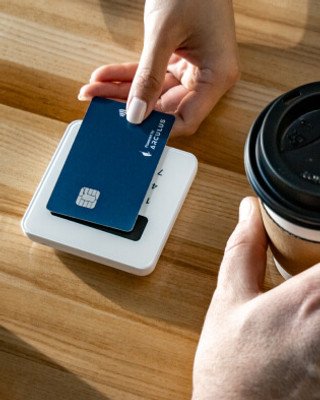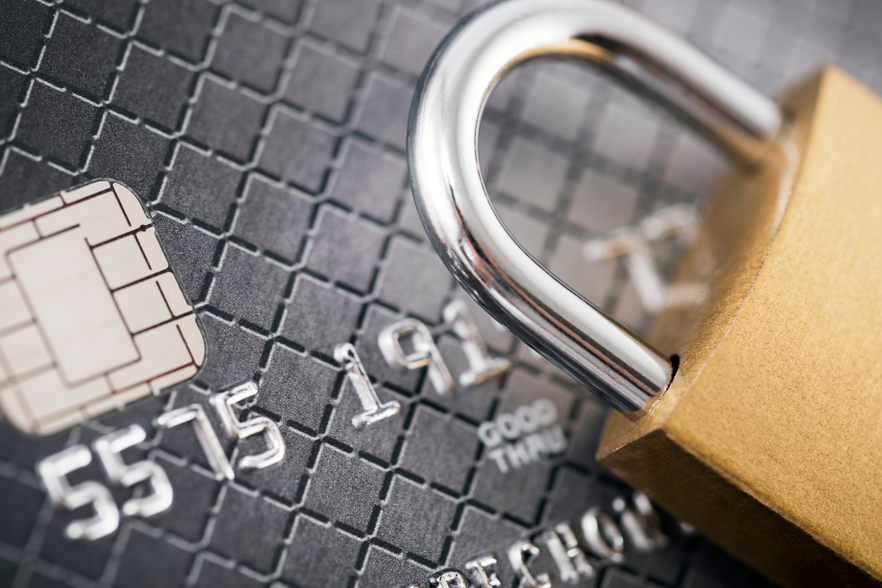The payments industry has experienced rapid growth over the last few decades, with the advent of new technologies and the proliferation of digital transactions. While these advancements have made payments more convenient and efficient, they have also given rise to new threats and vulnerabilities in cybersecurity. The increasing incidence of cyber-attacks and data breaches have made it essential for the payments industry to prioritize cybersecurity measures to protect sensitive financial information.
In this blog post, we will explore the importance of cybersecurity in the payments industry and discuss the challenges and best practices for securing payment transactions.
Why is Cybersecurity Important in the Payments Industry?
The payments industry is a prime target for cybercriminals due to the vast amounts of financial data that are processed and transmitted across various channels. Cyber-attacks on payment systems can result in significant financial losses, reputational damage, and regulatory non-compliance. According to a study conducted by IBM and the Ponemon Institute, the average cost of a data breach was $4.35 million in 2022.
To ensure the integrity of payment transactions and prevent unauthorized access to sensitive financial information, it is crucial for payment providers, merchants, and consumers to implement robust cybersecurity measures.
Challenges in Securing Payment Transactions
The payments industry faces several challenges in securing payment transactions due to the evolving nature of cyber threats and the complexity of the payment ecosystem. Some of the key challenges include:
- Data protection: Payment transactions involve the exchange of sensitive financial data, including credit card numbers, bank account information, and personal identification details. This data must be protected from unauthorized access, theft, and misuse.
- Compliance: The payments industry is subject to numerous regulations and standards, including the Payment Card Industry Data Security Standard (PCI DSS), which mandates the implementation of specific security controls to protect payment card data.
- Fraud detection: Cybercriminals are constantly devising new ways to hack systems, access data and commit fraud, making it essential for payment providers to implement robust fraud detection and prevention measures.
- Third-party risks: The payments industry relies on various third-party providers, including payment gateways, processors and acquirers, which can introduce new risks into the payment ecosystem.
Best Practices for Cybersecurity in the Payments Industry
To ensure the security of payment transactions and protect against cyber threats, the payments industry should adopt the following best practices:
- Implement Strong Access Controls: Payment providers should implement strong access controls to restrict access to sensitive financial data. Access controls should include multifactor authentication, including hardware-based FIDO authentication, least privilege access, and privileged account management.
- Encrypt Data in Transit and at Rest: Payment providers should use strong encryption methods to protect payment data in transit and at rest. Encryption ensures that sensitive data is protected from unauthorized access, theft, and misuse.
- Implement Robust Fraud Detection and Prevention Measures: Payment providers should implement robust fraud detection and prevention measures, including transaction monitoring, real-time risk scoring, and identity verification.
- Regularly Conduct Vulnerability Assessments and Penetration Testing: Payment providers should conduct regular vulnerability assessments and penetration testing to identify and address security weaknesses in their systems and applications.
- Educate Teams on the Latest Cyber Threats and Security Standards: Payment providers should stay up to date with the latest cyber threats and security standards, including PCI DSS, and implement best practices to address emerging threats.
The payments industry is critical to the global economy, and cybersecurity is essential to its long-term success. Payment providers, merchants, and consumers must work together to ensure the integrity of payment transactions and customer identity verification and protect against cyber threats. By implementing robust cybersecurity measures, adhering to industry standards, and staying currenton the cyber-threat landscape, the payments industry can ensure the integrity of payment transactions and customer identity verification and protect against cyber threats.












